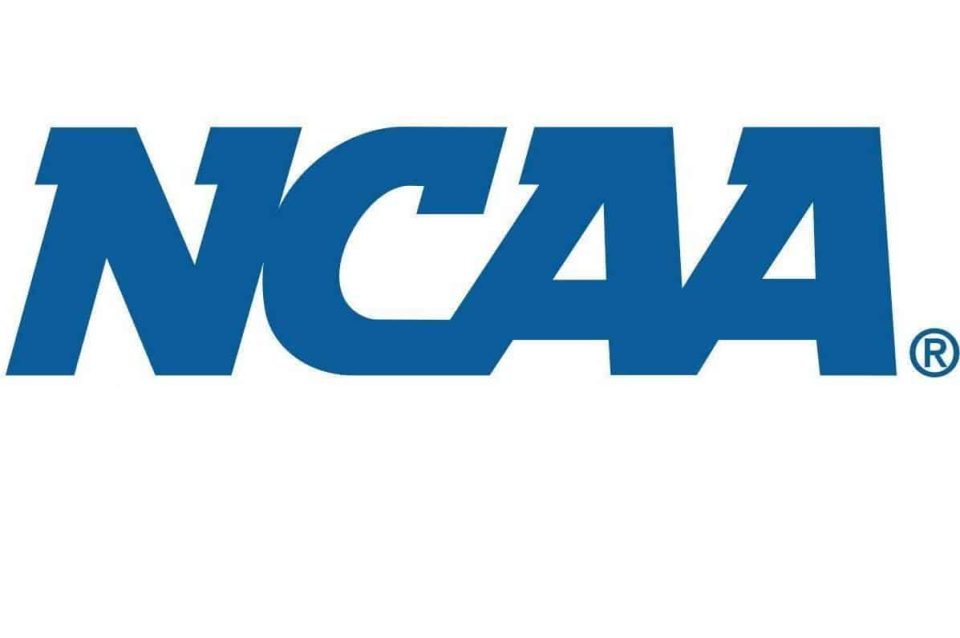The Indiana Supreme Court is deciding whether the N-C-A-A’s top officials should have to testify in a concussion lawsuit.
Three former college football players diagnosed with the brain injury C-T-E contend the N-C-A-A knew the injury risk, but didn’t warn them or take steps to protect them. But the issue right now is whether three top N-C-A-A executives should have to undergo questioning in the case. Five states have what’s known as the “apex doctrine,” saying you can’t demand the testimony of top executives unless there’s truly no one lower who can tell you what you need. Five others have explicitly rejected that approach.
N-C-A-A attorney Brian Paul argued the case isn’t just about the N-C-A-A, but about protecting the leaders of any business or organization being repeatedly hauled onto the witness stand any time there’s a lawsuit. He warns of a “runaway train of litigation” if the justices don’t adopt some version of the apex doctrine.
Players’ attorney Nick Deets argues Indiana’s existing trial rules are enough for judges to decide whether an executive needs to testify. He says a rule requiring attorneys to work their way through lower-ranking officials would lead to a string of what Justice Geoffrey Slaughter dubbed “Sergeant Schultz affidavits,” with C-E-O’s invariably asserting they know nothing about the case at hand.
The three players — one living and two deceased — want the testimony of N-C-A-A president Mark Emmert, chief medical officer Brian Hainline, and Donald Remy, who was Emmert’s C-O-O for 10 years before leaving this summer to join the Biden Administration as Deputy Secretary of Veterans Affairs.
Whether the justices adopt the apex doctrine or not, the N-C-A-A and the players still differ on whether the executives should be required to testify. Deets notes Emmert has said, including in a U-S Senate committee hearing, that the N-C-A-A’s mission is to protect its student-athletes, at the same time the N-C-A-A is arguing in court that it has no legal duty to do so. Paul argues the three executives’ testimony is irrelevant, because the last of the three players ended his college career in 2006, four years before Emmert became president. The other two played in the 1960s, when Emmert and Hainline were teenagers and Remy was a toddler.
The first of the lawsuits was filed three years ago by the widow of Cullen Finnerty, who led Grand Valley State to three Division Two championships and was briefly a backup quarterback for the Baltimore Ravens, though he never took an N-F-L snap. The other suits were filed the next year by former North Carolina State linebacker Andrew Solonoski and the estate of former University of Illinois linebacker Neal Anderson.

